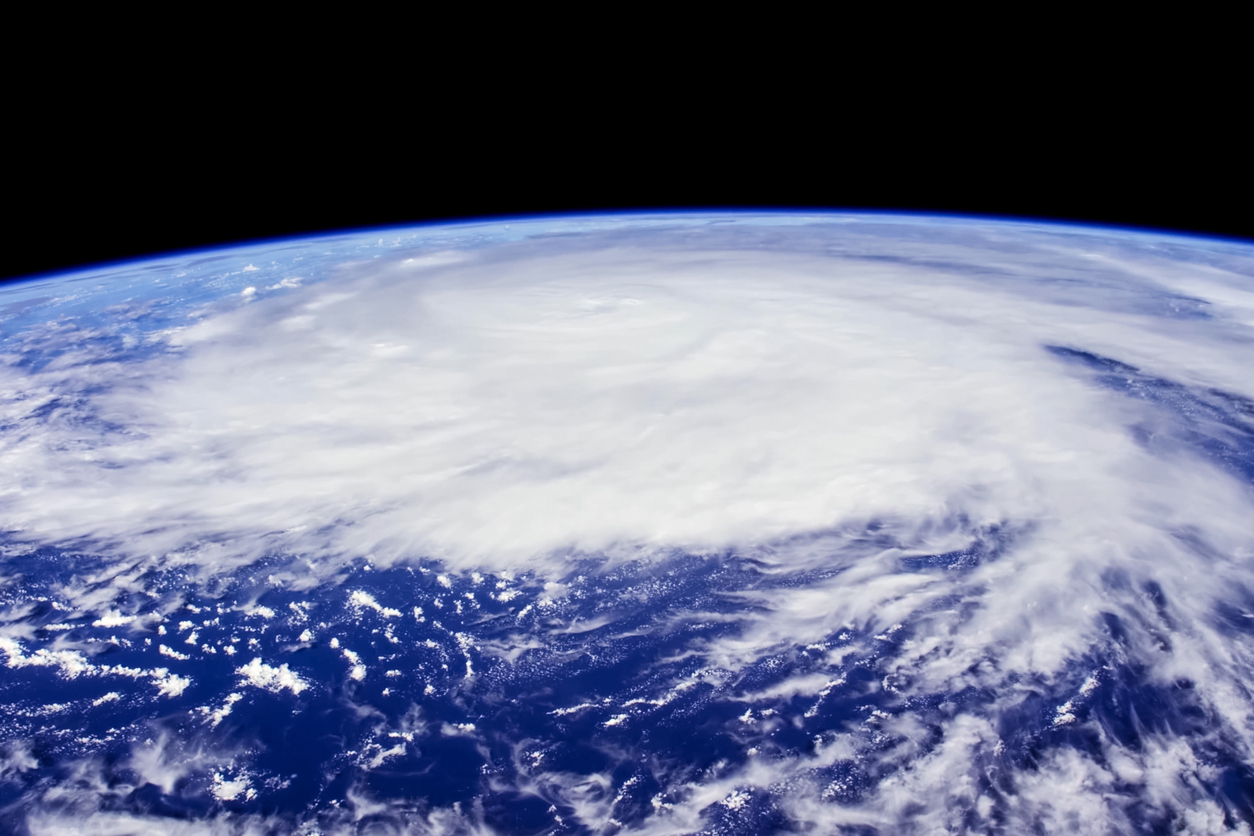Will America dodge another bullet? Years often pass without a major hurricane making landfall, and 2023’s storm season, set to peak in a couple of weeks, may be no different. What is different is the potential financial shock if one does hit.
The National Hurricane Center issued its first-ever tropical storm watch for Southern California this month—a reminder that extremely unlikely events can, and do, happen. Another unlikely event occurred just over 30 years ago, when Hurricane Andrew landed in southern Florida during what was an otherwise light season.
At the time, Andrew was a wake-up call for the insurance industry, resulting in the rise of new kinds of reinsurers—firms that backstop other insurers—relying on computer models to price extreme risks. But were the same storm to repeat this year, it might cause a far bigger disruption. That is because a combination of climate change, economic and population growth, and inflation of all kinds has challenged insurers’ grasp of what exactly “the worst” entails.
Back in 1992, the Category 5 storm slammed into Florida south of Miami and cost insurers the then-scarcely-believable sum of about $16 billion. Simply adjusting for consumer price-index inflation, that translates to about $35 billion today. Yet much more than how far a dollar goes has changed in three decades. Construction costs have inflated. Florida’s population has boomed. Property values have risen enormously. Claims litigation has become more expensive.
Now, industry estimates peg a replay of Andrew today at two or even three times the inflation-adjusted number, potentially adding up to a $90 billion or even $100 billion insurance loss. And that is before considering what might have happened had Andrew—or Hurricane Irma in 2017, if it had continued on an early course and intensity—actually hit Miami directly, with modeling firm Karen Clark & Co. estimating that insured losses in such a scenario could be $200 billion.
That challenge is part-and-parcel of what extreme-risk insurers do. But then there is what is happening at the other end of the risk curve, with events that historically are less severe but more frequent. So-called “secondary” perils, such as Hawaii’s wildfires, a surge of U.S. thunderstorms or Texas’ recent winter storms, have become either more common, more costly or both in recent years.
Each of the past seven years had an above-century-average number of billion-dollar-plus insured loss events, according to Aon, which offers insurance brokerage and other risk-related services. Worldwide insured losses from natural disasters have reached $120 billion, adjusted for inflation, in five of the past six years—a threshold only hit twice in the first 16 years of this century, according to Aon.
“The industry needs to be talking about the plausibility of $200 billion nominal loss years, which might be more of a near-term possibility than we realize,” says Steve Bowen, chief science officer at brokerage Arthur J. Gallagher & Co’s Gallagher Re.
The net result, says catastrophe-modeling veteran Karen Clark, is that the industry is facing a turning point akin to Andrew’s wake. And she would know: Back in 1992, Clark faxed around an estimate for Andrew’s loss based on a computer model she had developed that was twice what other industry sources at the time were saying. Her number proved to be the right one. Insurers’ struggle today to price what she calls “frequency peril” risks like wildfires are “a déjà vu moment,” Clark says. “I never thought I would see a disrupted market like after Andrew. But here we are.”
Part of the challenge has been insurers or their clients relying on models like those developed in the 1990s for hurricanes or earthquakes to understand other kinds of risks, including secondary perils like wildfires or “social” risks like litigation. There has also been a glut of capital in the insurance industry, which has helped depress risk pricing. Superlow interest rates led investors to seek out yield in strange places, like “cat” bonds and other insurance-linked securities that paid high rates but bore the risk of catastrophe losses. Reinsurers globally failed to earn back their cost of capital in five of the six years from 2017 to 2022, according to estimates by S&P Global Ratings.
Now, things are changing. Rising interest rates are making it less attractive for investors to pour money into insurance risks when they can get higher yields on simpler things. That has given the upper hand to big reinsurers, which have pushed through big price increases this year. Reinsurers are also often changing the structures of their coverage by raising the so-called attachment points at which they will start to absorb losses, enabling them to focus on the more extreme, existential risks to insurers’ capital. Also aided by the prospect of higher interest rates on their investment portfolios, reinsurers such as Everest Group, RenaissanceRe, Munich Re and Swiss Re have seen their shares rally sharply in the past year.
But with rising attachment points, primary insurers—firms like Allstate or Progressive, which sell policies to consumers or businesses and often buy reinsurance to cover their tail risks—can end up more exposed to these frequent-but-smaller catastrophes. One way they can compensate is to continue to raise the premiums they charge their customers. Another is to pull back from the trickiest markets, like when State Farm said it would stop writing new homeowners’ policies in California. Clark says insurers will need to adapt to newer kinds of models that help price risks like thunderstorms or wildfires. Her firm is updating its wildfire model as often as once a year.
So whether a big one hits or not, this hurricane season is going to be an important measuring stick for insurers. A quiet season or two could actually make things more volatile for the industry if a sense of complacency sets in and pricing momentum slows. As the underwriting adage goes, there is no such thing as a bad risk; only a bad price.













